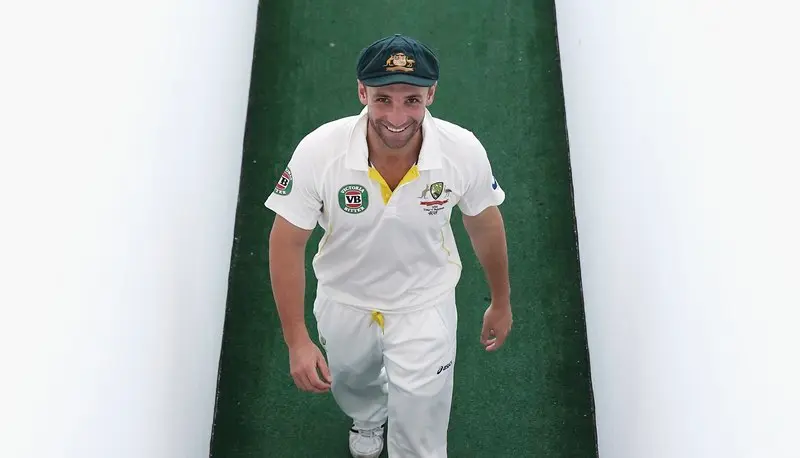Aussie cricketer Phil Hughes' tragic on-field death unavoidable: Report
View : 260
2 Min Read


An independent review commissioned by Cricket Australia (CA) following the shock death of Phil Hughes as revealed that Hughes received appropriate treatment after he was struck on the neck while batting for South Australia in a Sheffield Shield match against New South Wales at the Sydney Cricket Ground on November 25, 2014. The 25-year-old passed away in hospital two days later as a result of a traumatic basal subarachnoid haemorrhage caused by the blow.
The review into the tragic passing of Australian cricketer Phil Hughes has found even the latest safety equipment would not have prevented his death, but new measures could prevent a similar tragedy from occurring in the future.
The recommendations from the review were released to the public on Wednesday, and, while it concluded Hughes’ life would not have been saved by wearing new safety gear worn by players in the wake of his death, it listed a number of recommendations to prevent the occurrence of a similar tragedy in the future.
Cricket Australia chief executive James Sutherland said the inquest into Hughes’ passing was critical, so that any future tragedy could best be prevented.
“We had a deep obligation to understand everything that occurred on the day, so that we can prevent a similar accident in the future,” Sutherland told the press on Wednesday.
Recommendations listed in the 62-page report include the possible introduction of a “concussion substitute”, making it mandatory for all first-class cricketers to wear helmets against all medium or fast-paced bowling, and requiring all close-in fielders (those within seven meters of the bat – except slip fielders) to wear helmets.
Concussion substitutes would be a landmark change to cricket rules and similar to rules implemented by Australian football codes, such as rugby and Australian Rules football.
Sutherland said implementing these measures was the next logical step in improving the safety of all cricketers – particularly those at a high level, but admitted rule changes such as the concussion sub would change the “fabric” of the game.
“We’ve suggested a concussion substitute,” Sutherland said, “but one of the fundamentals of cricket is that it is and always has been a game for 11 players, so it will be a challenge.”
“The desire is for medical staff to have the ultimate judgement in cases of concussions, however (the implementation of a new rule) does need to be thought through, as it’s not just a health and safety issue, it involved the fundamentals of the game and how it has been played (for more than 100 years).”
The report did not fully endorse the use of neck guards as a proven way of preventing a similar tragedy, but it did say research into improving the safety of helmets and guards for batsmen would continue.
Despite the report’s skepticism over neck guards, Sutherland said he recommended batsmen wear them “as much as they can” while more research was being carried out.
Also read: Watch: Vintage Yuvraj Singh celebrates after running out MS Dhoni
The measures were suggested for all first-class forms of cricket in Australia, and although CA does not have jurisdiction over local levels of cricket – in which more than one million Australians take part – Sutherland suggested local cricket organizations similarly adopt the report’s measures.
“If (the recommendations) are good enough for an international level, then we’re obviously sending that message to the community as well,” he told the press.
The International Cricket Council (ICC) is also expected to consider the recommendations at its next meeting next month, meaning some of the mandates could be implemented at international levels (Test, ODI matches) and not just Australian first-class matches.
Key Findings and Recommendations
- Lack of medical attention didn’t contribute to Hughes’ death.
- Hughes was wearing a helmet which doesn’t meet recently-introduced British standards but it wouldn’t have saved him.
- All first-class cricketers are compelled to wear helmets when batting against medium or fast-paced bowling, in nets and games.
- All close-in fielders, barring slips, are compelled to wear helmets.
- Wicketkeepers are compelled to wear protective eye-wear and head-wear
- A defibrillator be available at all first-class matches in case medical staff need to deal with trauma-related cardiac incidents or coronary conditions
- Any helmet that is struck with force, even if it does not sustain visible damage, be immediately replaced and that players should carry at least one spare helmet as part of their cricket kit
Download Our App